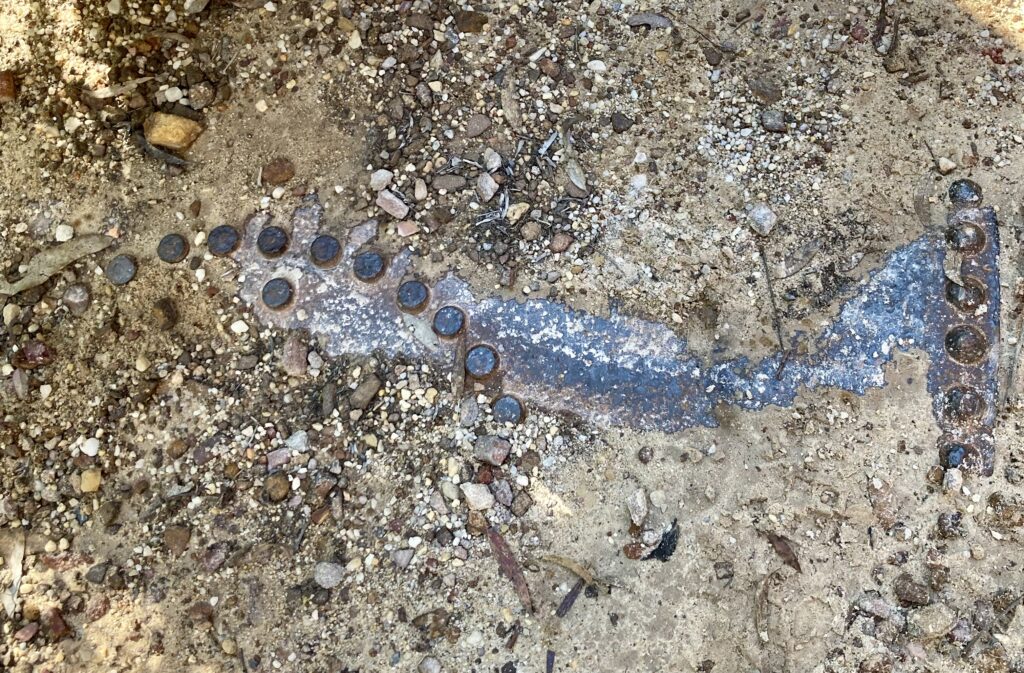
Last year was very busy, as I was mostly writing my book, but I did do one exceptionally wonderful project, which was interpretive signage for the recently renovated Glow Worm Tunnel walking path. I got to work with my good friends, the designer Judith Martinez-Estrada and the intrepid audio-visual producer and all-round outdoors person Caro Ryan, and between us we created signs and audio-visual content for a fantastic new experience. We also got to spend time exploring an amazing place, that is seriously one of the most beautiful parts of the Greater Blue Mountains World Heritage Area.
The Glow Worm Tunnel walking path actually follows the route of the Wolgan Valley Railway, a hugely ambitious but short-lived railway that cut through incredibly beautiful but forbidding country to try to access oil shale, for making kerosene. After the railway was abandoned and the lines ripped up for scrap, thousands of glow worms colonised the longest tunnel on the track. It’s peaceful and dark in there, with plenty of running water, and it’s one of the best places in Australia to see glow worms. Trying to balance information about industrial heritage and the technical specifications of shale railways with scientific information about these bizarre cannibalistic creatures required a fair bit of ingenuity. It was honestly one of the most enjoyable projects I’ve ever done.
You can find out about how to access the track through the NSW Department of Parks and Wildlife’s website here. Download the audio guide from the app before you go, because I wrote that too!
You can also read about my process of making the signs in Historia+, the newsletter of the Professional Historians’ Association of NSW/ACT.


